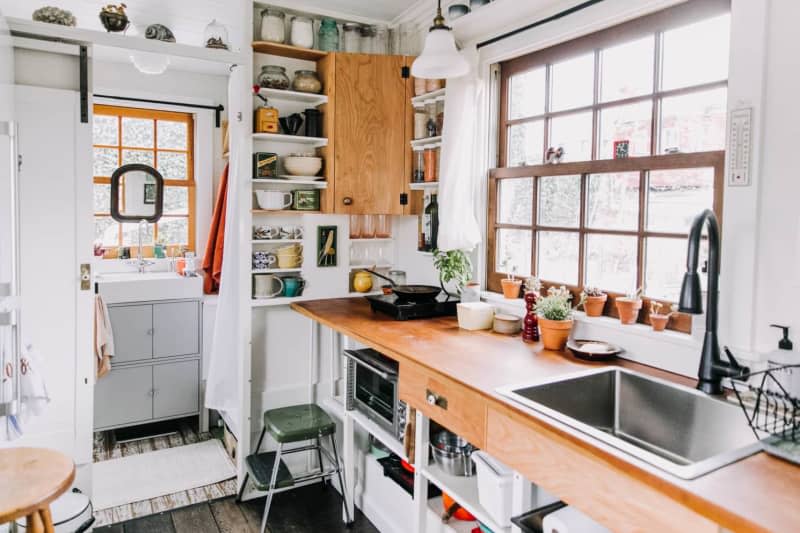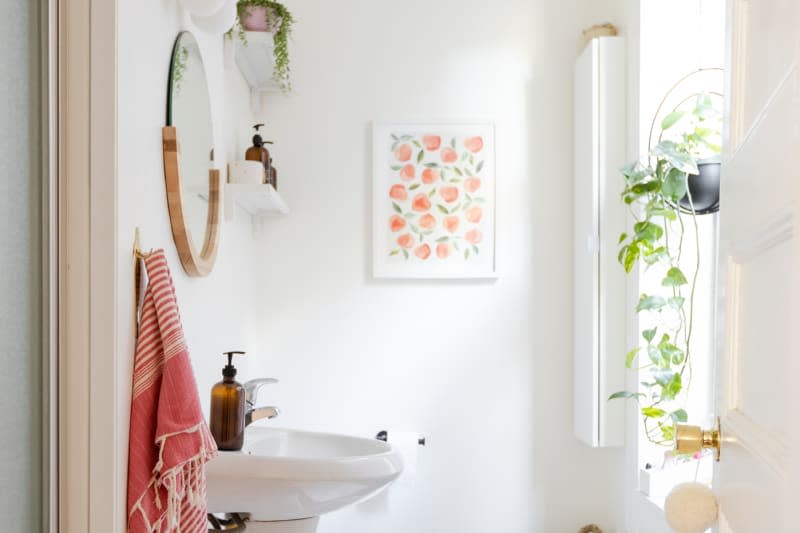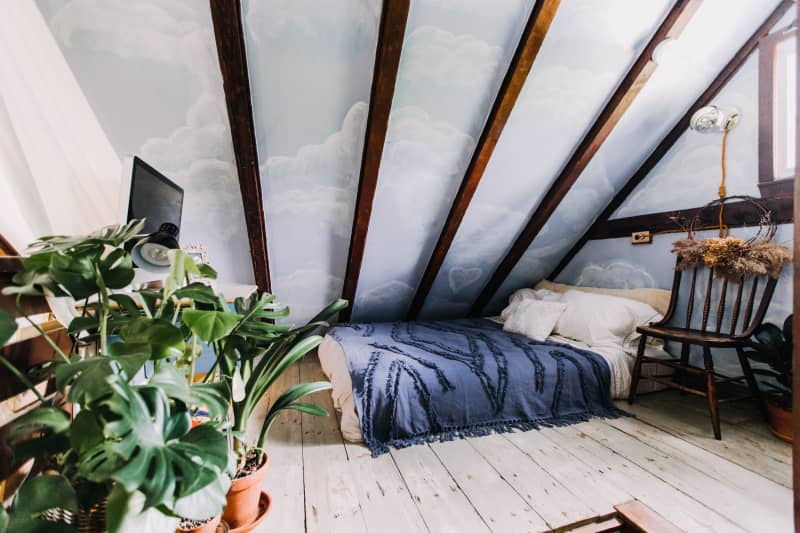We Asked 4 Climate Activists for Their Favorite Sustainable Tips — And They’re So Doable

As climate change transforms the way Americans think about housing and relocation, there’s a bit of pressure to become the “perfect” environmentalist — a daunting, elusive title that comes with a lot of responsibility. You can start your week with a meatless Monday and end the evening with a car-free commute, but is that enough?
To try to find an answer, I decided to ask four climate activists what they do in their own lives to lower their carbon footprint. Although I was anxious that their answers might make me want to spend a whole paycheck at my local zero-waste store, I was pleasantly surprised by how small and attainable their recommendations for living a slightly more sustainable life at home really are.
From a set of metal straws to using reusable dishcloths, these climate activists offered small ways they waste less in every room of the home. These low-effort swaps prove a more sustainable lifestyle doesn’t have to be so intimidating — or expensive.

Thrift for vintage kitchen items.
Environmental justice advocate Isaias Hernandez, who is the creative behind @queerbrownvegan, frequently shares educational content about urban ecology, intersectional environmentalism, and climate optimism. One of his favorite ways to live sustainably at home is thrifting everyday items to give them a second life instead of always buying new. They say they’re currently into “maximizing [their] house by collecting vintage goods,” which includes one of the best thrifting finds located in their kitchen.
Hernandez found the highly coveted Lenox Spice Village at the thrift store one day and couldn’t believe their luck. The 24-piece set of assorted porcelain houses came out in 1989, but the kitschy collection was discontinued four years later.
For Hernandez, the Lenox Spice Village set isn’t just fun to look at — it’s also a stylish space-saving solution. “As someone who lives in a small apartment, I try to maximize everything in my home by buying smaller item household goods to show the possibilities of designing spaces more beautifully with smaller items,” they say. Between thrift stores and Facebook Marketplace, sweet secondhand kitchen finds are pretty easy to come by, but be sure to test for lead.

Use a multi-use product in the bathroom.
Whether you use zero-waste toothpaste pods or reusable facial cleansing pads, there are plenty of small ways to build an eco-friendly bathroom (beyond lowering your water usage). For sustainability experts like Ashlee Piper, using what you have at home is a great start to becoming an eco-conscious consumer.
Piper recently announced her upcoming book, No New Things, as a guide to “help readers regain control over their time, consumerist impulses, and mental wellness,” but she has a simple tip for lowering your carbon footprint in the meantime.
Piper recommends swapping your traditional body wash for a multi-use product like Dr. Bronner’s Castile Soap. She puts the liquid soap to use as a body soap, hand soap, pet bath, dish soap, laundry detergent, and to create a home spray cleaner. “It’s a one-and-done product that has a multitude of uses, which means less money spent, less plastic produced, and less space taken up in your home (which is a blessing in a small space),” she says.
At most stores, you can also find the brand’s bar soap, which is what Ashley Jordan, a corporate campaign advocate for the Natural Resources Defense Council, always buys. “Switching to bar soap rather than liquid soap or shower gel uses less packaging, takes less water to produce, and — being lighter and smaller to transport — has a lower carbon footprint,” she says. Plus, it’s an excuse to thrift for a fun soap dish!
If you’re looking to cut down on waste inside your bottle-filled medicine cabinet, Piper has another hot tip: Take a look at Cabinet Health’s first plastic-free medicines. When you need a medication refill, they’ll send a compostable pouch of your prescribed pills straight to your door (without the orange bottle!). Plus, Piper says, the refillable glass bottles the brand sells are so unexpectedly stylish — the medicine cabinet upgrade you didn’t know you needed. “It’s a nice way to address a headache without being a pain to the planet,” she says.

Take your time decorating your home.
When Wawa Gatheru isn’t busy organizing an event for Black Girl Environmentalist, she’s probably scrolling on Facebook Marketplace or scoping out a rare find on a local Buy Nothing group.
“As someone that has been transient all of my life, I’ve finally begun to put down roots in Philadelphia,” Gatheru says. “As part of this process, I’ve begun to invest in secondhand furniture and decor that allows me to minimize waste and meet neighbors. I’ve done this by furnishing my apartment with 90% items I’ve sourced on Facebook Marketplace, Buy Nothing Groups, or thrift stores.”
Beyond sourcing secondhand furnishings locally, she says her best tip for decorating a home sustainably is to take your time. A Pinterest-ready living room isn’t born overnight — it takes time, effort, and money. Although her living room came together within a year, she says the time allowed her to find high-quality finds — and a sense of community.
“As a new couple in a new city, our local Buy Nothing group has been particularly useful for making friends in the process,” she says. “Because Buy Nothing groups are hyper local (neighborhood by neighborhood), it’s been a great way to meet our neighbors.”
Decorating slowly and intentionally has allowed her and her partner to curate a home they love filled with items they plan to hold onto for a long time. It’s a simple way to sew sustainability into your home — and a worthy reason to spend some time scrolling on Facebook Marketplace.

